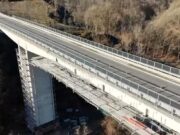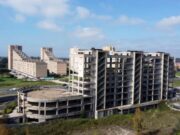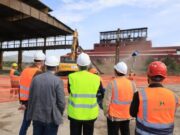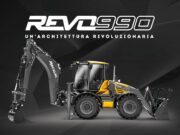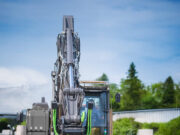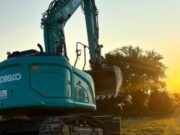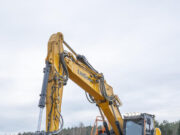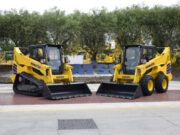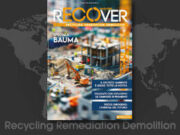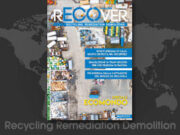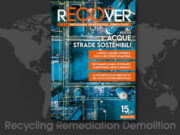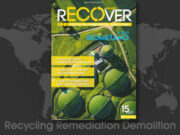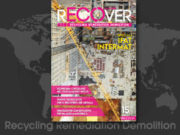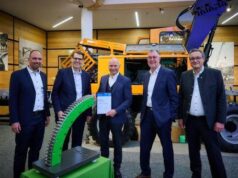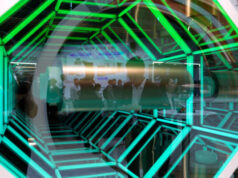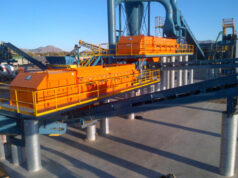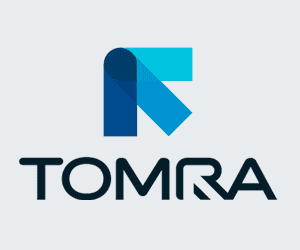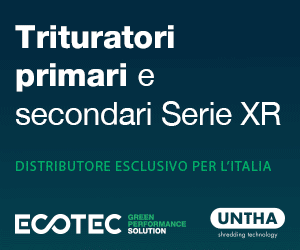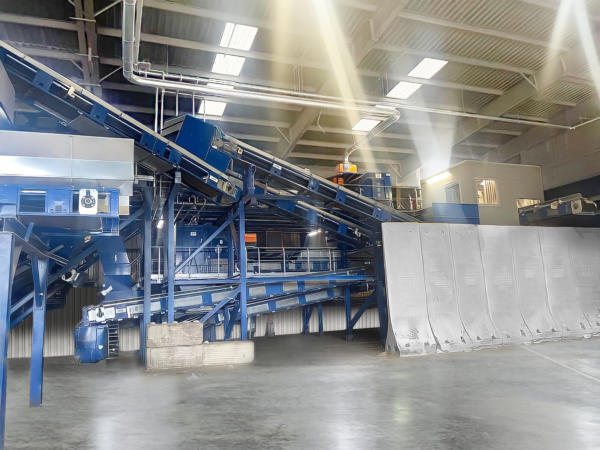
STADLER has supported J&B Recycling in its pursuit of the best quality output material possible when it designed and built its dry mixed recyclables plant in 2008, and consequently in an ongoing continuous improvement process to consistently deliver high purity rates while managing the changing composition of waste materials. The latest upgrade, completed in March 2022, has further improved quality and increased capacity to anticipate the growing demand.
STADLER’s relationship with J&B Recycling began in 2008, when it designed and built its dry mixed recyclables plant in Hartlepool, United Kingdom. It has remained at their side ever since, supporting the company in a continuous improvement process of the plant. “We continually improve the plant, and our focus is producing the best quality material possible,” says Matt Tyrie, Operations Director at J&B Recycling.
A flexible design for consistently high purity rates
The composition and density of dry recyclable waste is in constant evolution. “Over the years, the amount of cardboard has significantly increased,” states Benjamin Eule, Director at STADLER UK Ltd. “Sorting plants are receiving bigger volumes of packaging generated by the growth of online shopping and deliveries. Another change that is having an impact is the switch to different printing techniques in magazines, which makes it more difficult to separate the ink from the fiber. Plastic packaging is also changing, with multi-layers, and bottles with different types of sleeves resulting in detection becoming more challenging. Metals have also evolved since we first designed the plant in 2008, with a shift from aluminum to ferrous metal in drinks packaging, and the increasing volumes of coffee capsules which contain aluminum.”
For this reason, sorting plants need to be able to process multiple materials flexibly while delivering the consistently high purity rates demanded by the recycling industry. The plants’ design also needs the flexibility of accommodating subsequent upgrades and modifications to meet the changing requirements.
In designing the sorting plant, STADLER adopted its trademark tailored approach and drew on its in-depth knowledge of how the varying composition of waste material affects the sorting process. Benjamin Eule says: “The J&B Recycling plant was originally designed to process 12 t/hour, with STADLER trommel screens, conveyors and ballistic separator taking care of the mechanical pre-sorting, preparing the material flow for effective downstream processing. Conveyors make sure that the material is sent efficiently to the next sorting process and bunker storage conveyors hold the product before being baled.”
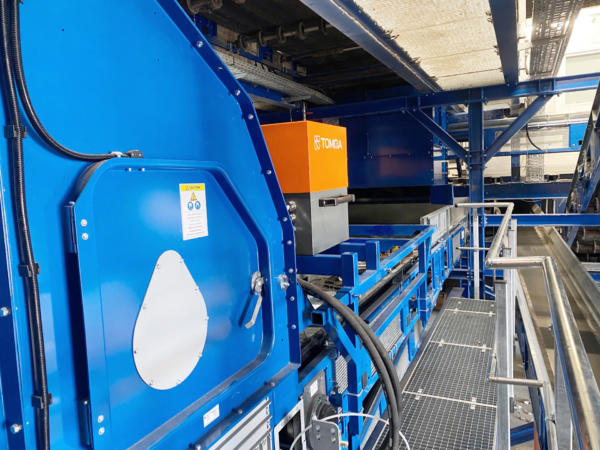
In 2017, J&B Recycling and STADLER worked together on a concept to remove paper and aluminium. To remove the paper, STADLER’s team added to the process a TOMRA AUTOSORT® optical sorter on the flat fraction line to recover a high percentage of paper with fewer contaminants and a pass through a Quality Control Cabin to ensure high purity. To remove aluminium, an Eddy Current Separator was installed to recover the non-ferrous material from the 2D flat fraction line.
Since then, 6 further upgrades have been carried out to optimize the plant and meet the evolving market demands. The latest upgrade aimed to achieve even higher purity of the paper and increase capacity, which has now been raised to 15t/hour.
Benjamin Eule explains: “We installed a further optical sorter, the latest AUTOSORT® sorter, to remove film, plastic bottles and cardboard from the PAMS fraction to achieve a 95% purity paper. We recirculate the materials we removed into the plant to be reprocessed into their respective streams, increasing the recovery of the plant.”
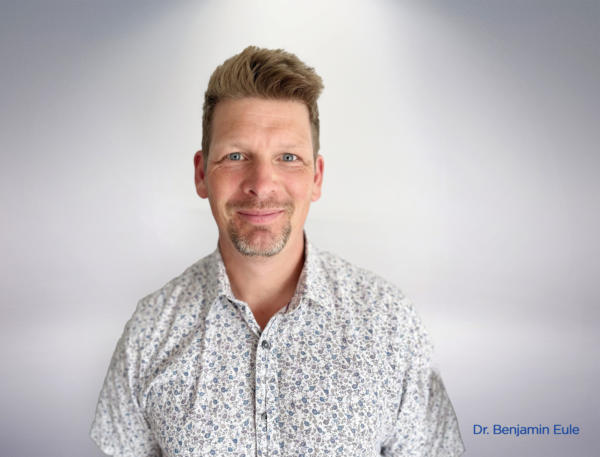
This last upgrade was completed in March 2022 to the satisfaction of J&B Recycling: “The upgrade has hit the targets we outlined, that is improve quality, reduce labour costs and increase throughput,” says Matt Tyrie. “We have increased the quality of our hard mix grade by adding a Laser Object Detection (LOD) system to the AUTOSORT® optical sorter, to remove more non-fibre contamination. This technology allows each shift to run with reduced labour, and it has allowed the throughput to increase, as the quality of the hard mix was a bottleneck on the plant.”
“In all the years we have worked with STADLER, the quality of their product and their ability to hit deadlines on the install stand out. We really appreciate the excellent planning of the projects and their ability to turn ideas and drawings into reality,” concludes Matt Tyrie.
The process: delivering consistently high purity output
A dosing drum feeds the material, which goes through a pre-sort platform for the manual removal OCC (Old Corrugated Containers) and large film. A STADLER screening drum separates the remaining material into three fractions, Fines, Midsize and Oversize. The Oversize materials, above 170mm, go through a Quality Control cabin and Autosort optical sorter to remove mixed paper, cardboard and plastics and produce a PAMS (Newspapers, Periodicals and Magazines) fraction. The Midsize fraction, below 170mm, is separated into Fines, 2D and 3D fractions by the STADLER STT2000 ballistic separator. The 2D flat fraction is processed through Eddy Current Separators and Autosort optical sorter before a final Quality Control check to produce two streams, mixed paper fraction, and non-ferrous and ferrous fractions. The 3D rolling fractions follow a similar process, which begins with and Overband Magnet, to produce mixed plastic, HDP and PET fractions. Fines are being processed to remove contaminants to create a glass product. All the output fractions, with the exception of glass, are baled and sold.







